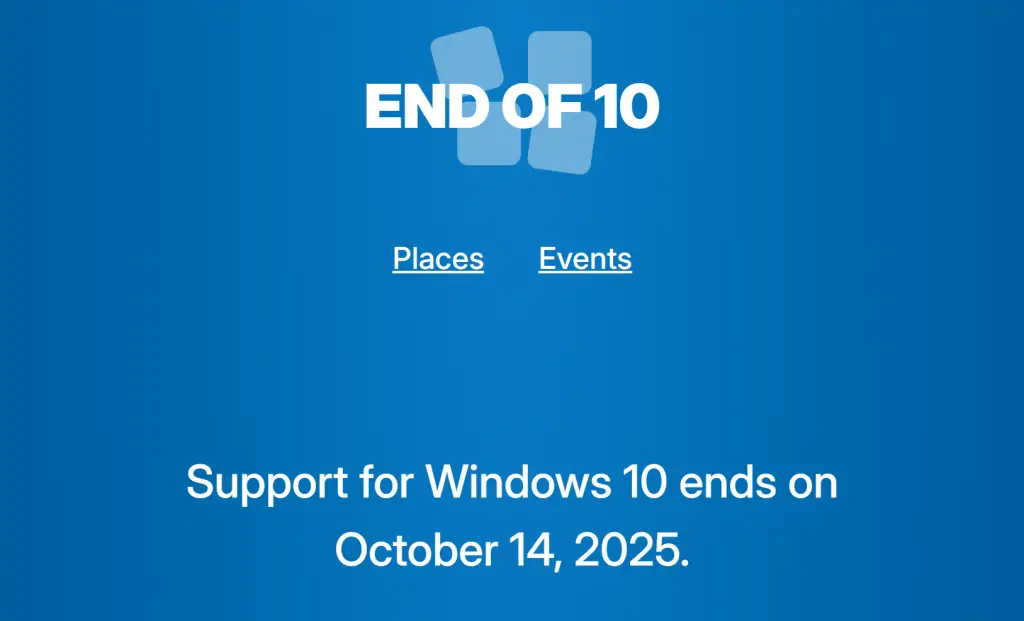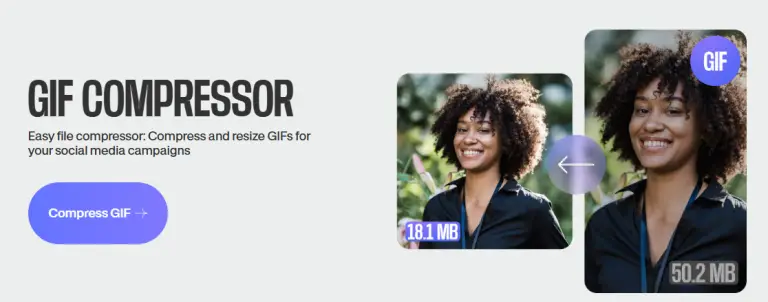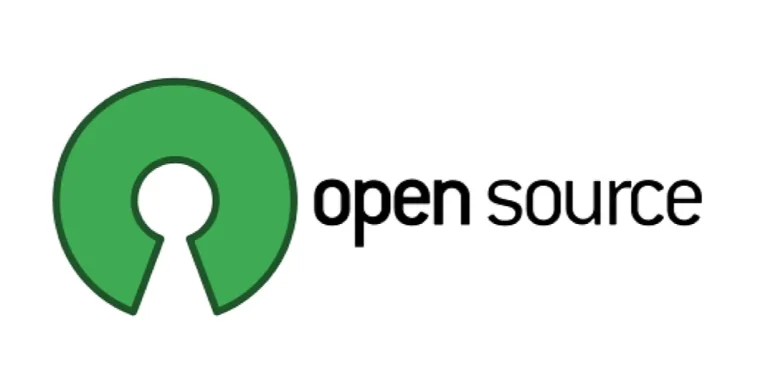
The End of 10 project was created to demonstrate that the end of support for Windows 10 does not necessarily entail the need to purchase a new computer.
The campaign’s website promotes a clear and accessible message: when Windows 10 reaches its end of life in five months, users will still be able to keep their devices and continue using them. According to the official Mastodon account, the website is set to launch officially on May 28.
The project is being developed by experts from various communities, including members of the KDE Association. The website’s source code is hosted on KDE’s GitLab server.
One of the most valuable features of the site is its directory of locations where users can seek assistance in transitioning to Linux. The database already includes more than 70 locations worldwide, with the majority situated in Germany. Notably, it features the Australian company Serious Cybernetics.
For many devices, upgrading to Windows 11 proved impossible. For instance, according to U.S. government statistics, Windows 11 adoption has reached 16.5%, while Windows 10 still holds 15.5%. However, a substantial number of PCs are not compatible with the upgrade. Consumer NZ estimates that this affects approximately 400 million devices, including those with processors older than six years. Which? magazine notes that if a computer originally shipped with Windows 7 or 8.1, it is likely ineligible for the update.
In such cases, experts advise considering the installation of ChromeOS Flex — particularly for laptops. This operating system can serve as a practical alternative for devices that fail to meet the new requirements.
ChromeOS Flex is suitable not only for laptops but also for standard desktop PCs. However, a Google account is required for use. If the user relies on Yahoo, AOL, or Outlook for email, integration is still possible via Gmailify.
Additionally, users may continue using Windows 10 LTSC — the enterprise version of the system — which will receive updates until 2032. If necessary, in-place upgrades or third-party tools may be employed, though caution is advised with such solutions.
As an alternative to Windows, many experts recommend Linux. Notable distributions include Ubuntu and its lightweight variants: Ubuntu MATE, Xubuntu, Lubuntu, and Kubuntu. For owners of older Apple devices, Ubuntu Unity may be suitable, with its interface reminiscent of macOS.
Despite criticism surrounding Snap and systemd, modern Linux builds handle everyday tasks with ease. To install third-party applications, users can leverage the deb-get utility — particularly when used with a minimal Xubuntu installation. Alternatives such as AppImage or distributions like Linux Lite are also available.
New distributions designed specifically for former Windows users are emerging, and interest in them is growing. However, for those uninterested in deep system configuration, simply installing ChromeOS Flex on an older machine may be enough to prove its continued usefulness.


